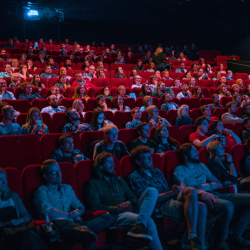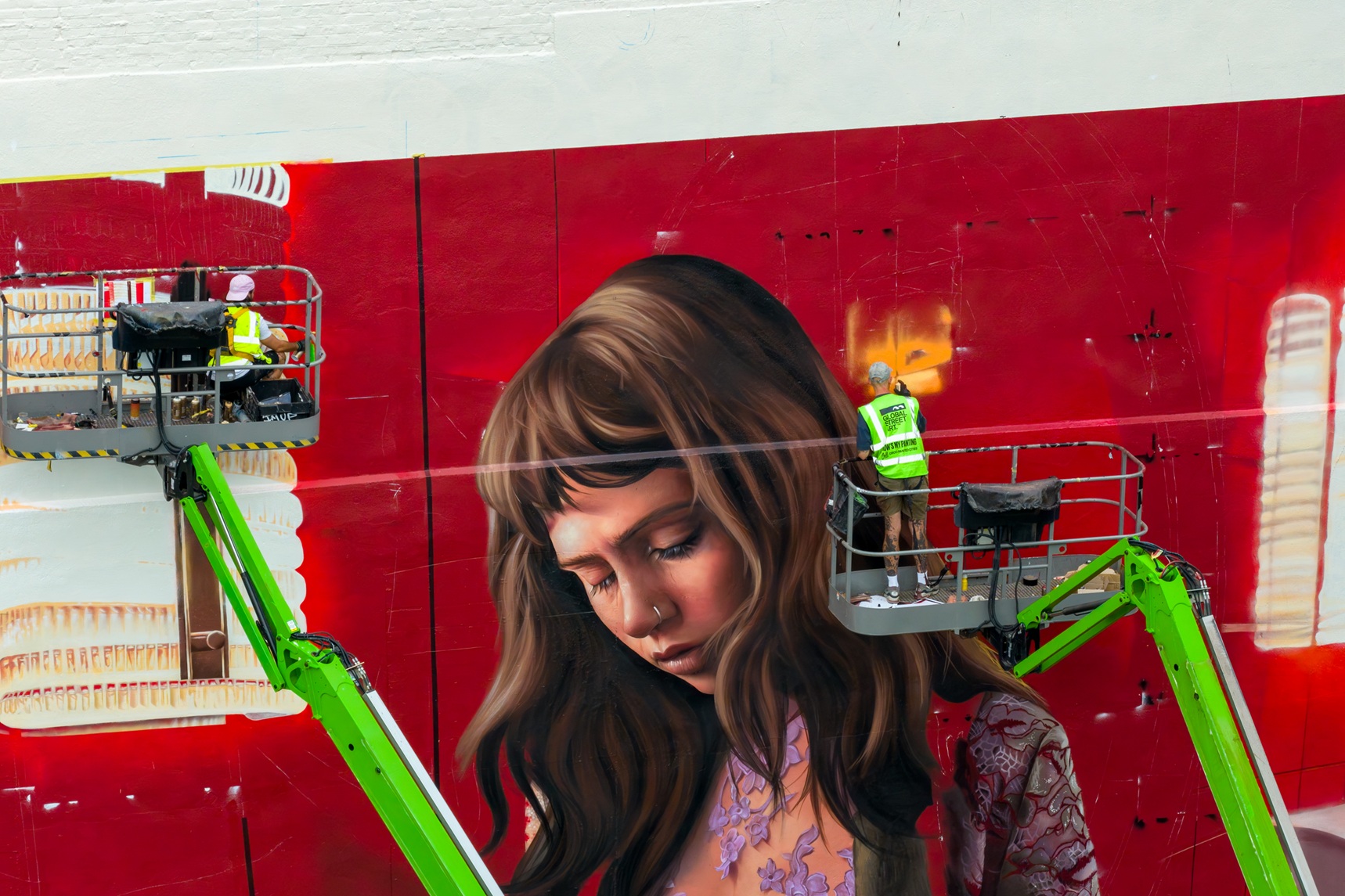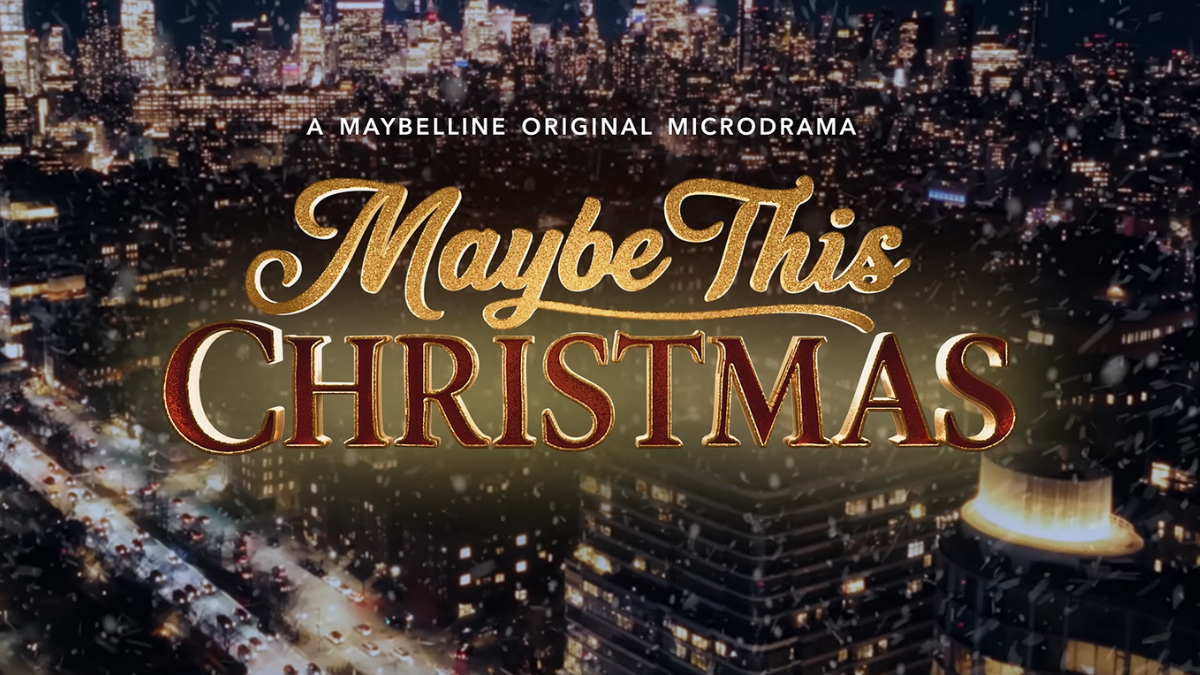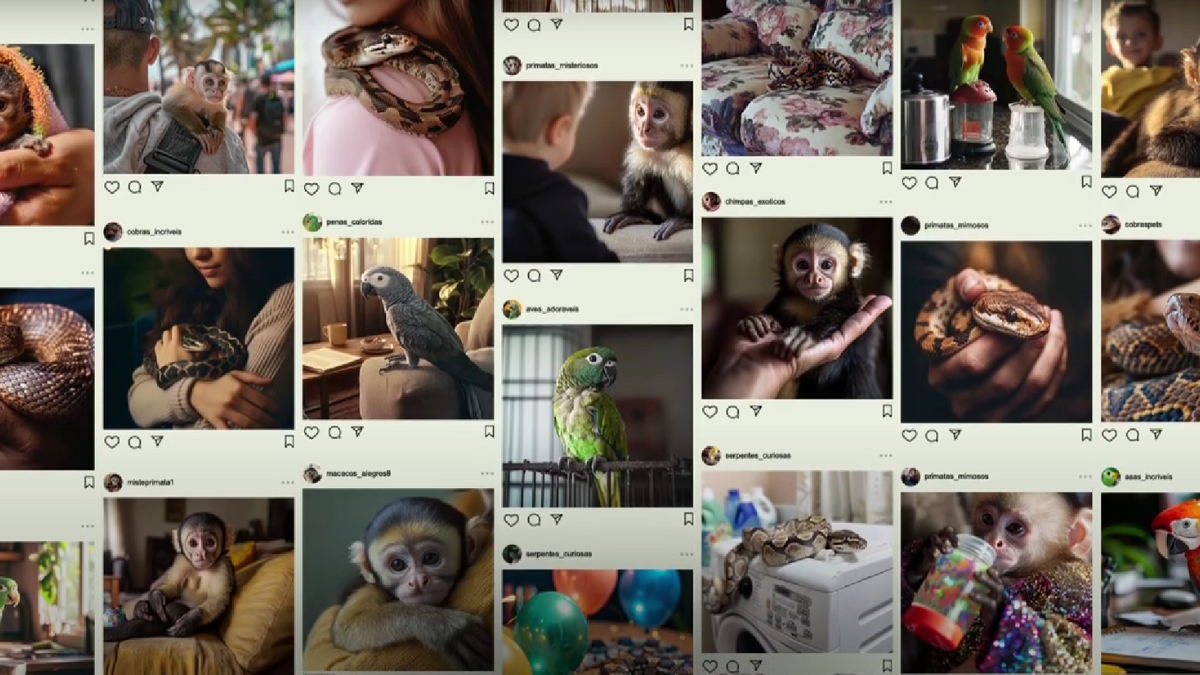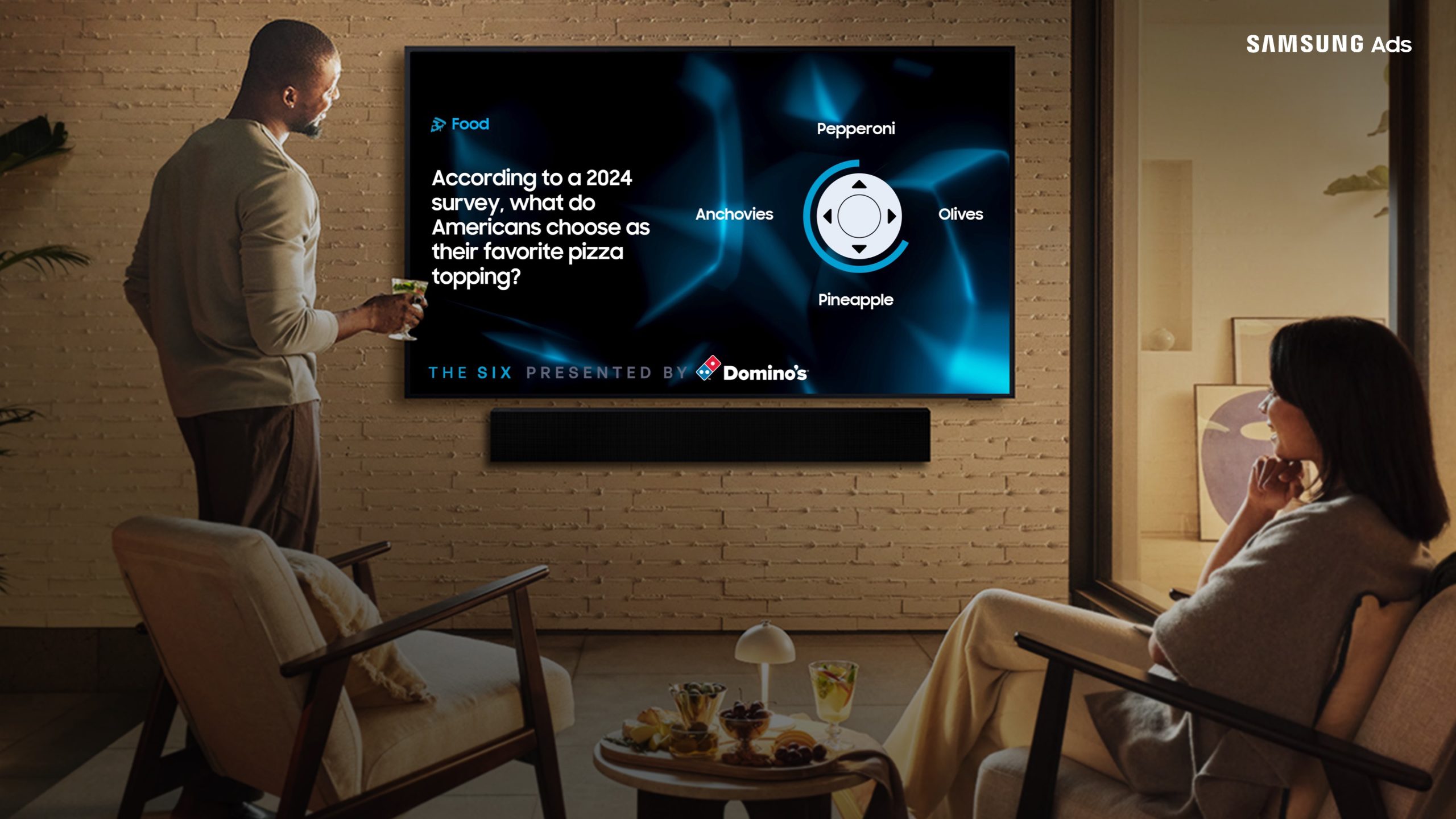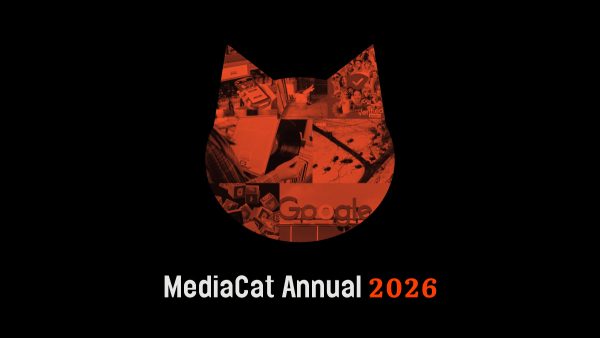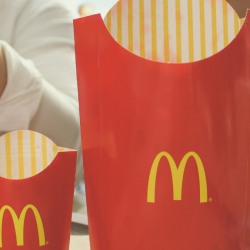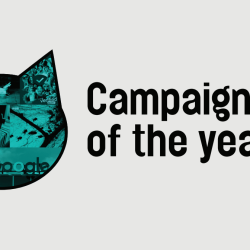BuzzFeed is fighting ‘toxic’ AI-driven social media with a platform of its own.
The company’s latest experiment, tentatively referred to as BF Island, promises a refuge from the algorithmic chaos of X, Instagram and TikTok.
In a blog post on Tuesday, CEO and co-founder Jonah Peretti framed the platform as a response to ‘growing discontent’ with what he calls SNARF:
‘Content creators exaggerate stakes to make their content urgent and existential. They manufacture novelty and spin their content as unprecedented and unique. They manipulate anger to drive engagement via outrage. They hack retention by withholding information and promising a payoff at the end of a video. And they provoke fear to make people focus with urgency on their content,’ Peretti writes.
He argues these elements have turned online platforms into a cycle of performance and conflict, where visibility is dictated by outrage rather than genuine interaction.
‘We are creating a new social media platform built specifically to spread joy and enable playful creative expression.’
Platforms promising more positive, intentional online spaces have come and gone, struggling to grow, monetise or sustain user interest. Can a social network survive without the conflict and urgency that makes them so sticky?
When media companies go social
BF Island follows a well-worn path of publishers establishing their own social platforms. Gawker’s Kinja sought to turn its readership into active contributors, but failed to scale. HuffPost’s contributor network leveraged free content from users, and was quietly dismantled in 2018. Even Google’s vast resources couldn’t sustain Google+, which shuttered in 2019 due to low user engagement and security concerns.
In more recent years, media companies have largely avoided launching standalone social networks. Substack and Medium have experimented with community features within their existing platforms, but neither have transformed their audiences into self-sustaining social ecosystems.
Media companies aren’t structured to run social platforms at scale. Both Meta and TikTok parent ByteDance own the ad infrastructure that drive their platforms. By contrast, media companies depend on these platforms for distribution and often overestimate their ability to turn passive audiences into active communities — a reality BF Island may soon face.
Kindness doesn’t always pay
Vero, which promised an ad-free, algorithm-free social experience, gained early buzz but struggled to scale and retain users. Despite nearly $300 million in investments from Fox, Disney and Cox, Caffeine — a live-streaming platform focused on positive, interactive content — shut down in 2023 after failing to compete with giants like Twitch.
Pebble/T2, a kinder alternative to Twitter, folded within a year after peaking at 3000 daily users. The founders later reflected they may have prioritised kindness at the expense of engagement. ‘There’s a lot of nice things that are said on Pebble, but maybe not enough breaking news. Not enough conversation,’ co-founder Gabor Cselle told TechCrunch.
A similar dynamic has played out in publishing. The Messenger, which aimed to strip news of sensationalism, collapsed in less than a year. Upworthy, once dubbed ‘the fastest-growing media site of all time, saw traffic plummet after Facebook deprioritised its content. While some feel-good publications such as Reasons to be Cheerful and Good Good Good have carved out sustainable models through sponsorship and reader support, their success remains difficult to replicate at scale.
Users may say they want healthier social spaces, but Peretti’s ‘SNARF’ isn’t incidental — it’s social media’s gravitational force. Research shows that novelty, conflict and virality drive engagement and without them, platforms often struggle to maintain traction and build revenue.
Anti-AI introduces a fresh differentiator. But can it monetise?
As AI slop continues to overwhelm the internet, perhaps BF Island can succeed in answering the growing demand for human-first, digital spaces.
Cara — an anti-AI social app for artists — tripled its user base over a single weekend as a haven from AI scraping. Despite this virality, the platform struggled to monetise due to high operational costs, lack of sustainable revenue model and competition from established platforms. BF Island, unless heavily subsidised, will need to develop a sustainable revenue stream that aligns with its anti-algorithmic ethos.
It’s worth noting that BuzzFeed’s popularity was once built on optimising content for algorithmic virality. While its manifesto positions BF Island as a safe haven from AI sludge, OpenAI’s technology is already baked into BuzzFeed’s quizzes and games — and central to its engagement. BF Island, too, will use AI ‘to give users agency instead of stealing their agency’.
The BuzzFeed brand still carries some weight, but the company no longer dictates digital culture the way it once did. Its dominance in the 2010s was built on a specific kind of shallow positivity — listicles, personality quizzes and nostalgia bait — that flourished under Facebook’s algorithm. When the social media platform pulled the rug from underneath publishers, BuzzFeed’s influence faded with it.
With positivity now repackaged as an antidote to AI, perhaps BF Island will usher in a glorious second act — but optimism alone won’t be enough to keep it afloat.
